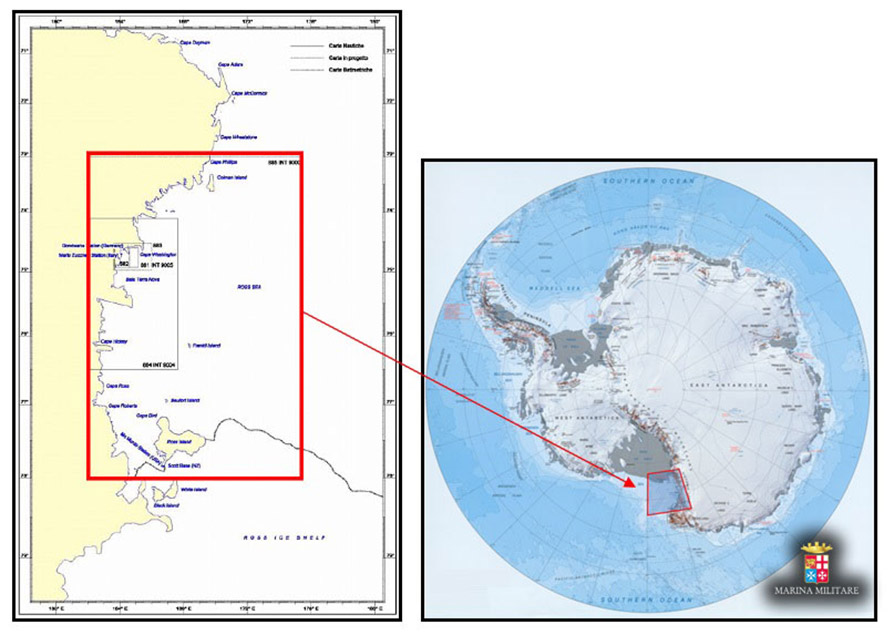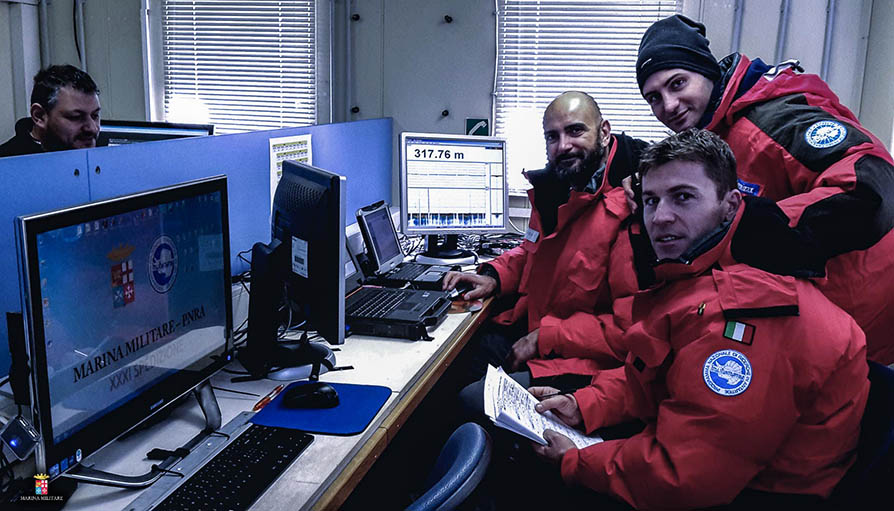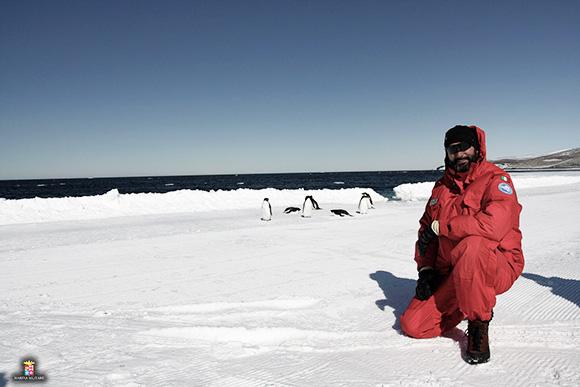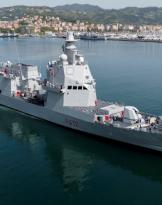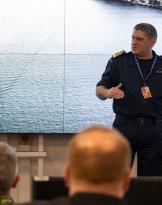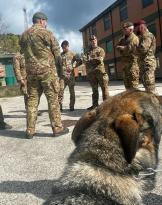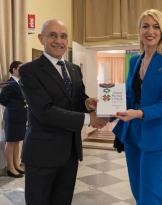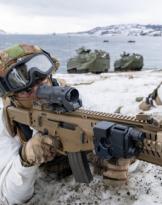On 15 January the cargo-oceanographic vessel Italica brought the team of Navy hydrographers who participated in the XXXI Expedition back to Lyttleton (New Zealand). The team has completed the surveys of the Bay of Terranova which will be used to create the new nautical map (885 INT 9000, at a scale of 1: 500.000) of the area assigned to Italy by the Antarctic Commission (HCA) of the International Hydrographic Institute (IHO) .
From December 31 to January 5, 1000 kilometers were covered, scanning an area of 150 sq. Km. The seabed survey was carried out with single-beam multifrequency sounders, associated with multi-constellation satellite positioning systems. In addition to bathymetric surveys, samples of the state of the water column were also carried out, with measurements of the speed of sound.
Only the images can describe the show that occurred when, after the convergence zone of the Southern Ocean (delimited by the parallel 60 °), the famous "Polynya of Terra Nova" appeared, a sea area which, due to of the intense cold winds coming from the interior of the continent (called catabatics), remains free of ice and therefore navigable during the Antarctic summer and is the engine of ocean currents up to the equator.
This year the lieutenants Ettore Cimenti, Biagio Incardona and Enrico Zanone have also been joined by an official of the Colombian Armada at the team of hydrographers of the Navy.
Antarctica is the only continent still largely unexplored and uncontaminated and is therefore a privileged place to observe physical phenomena that have relevance for the entire planet in the climatological, oceanographic, geological and biological fields. This is also why the Washington Treaty (known as the Antarctic Treaty) has been in force on the continent since 1961, according to which the member countries (including Italy) undertake to use the territory and the surrounding seas exclusively for scientific and peaceful purposes, respecting its environment and biodiversity.
